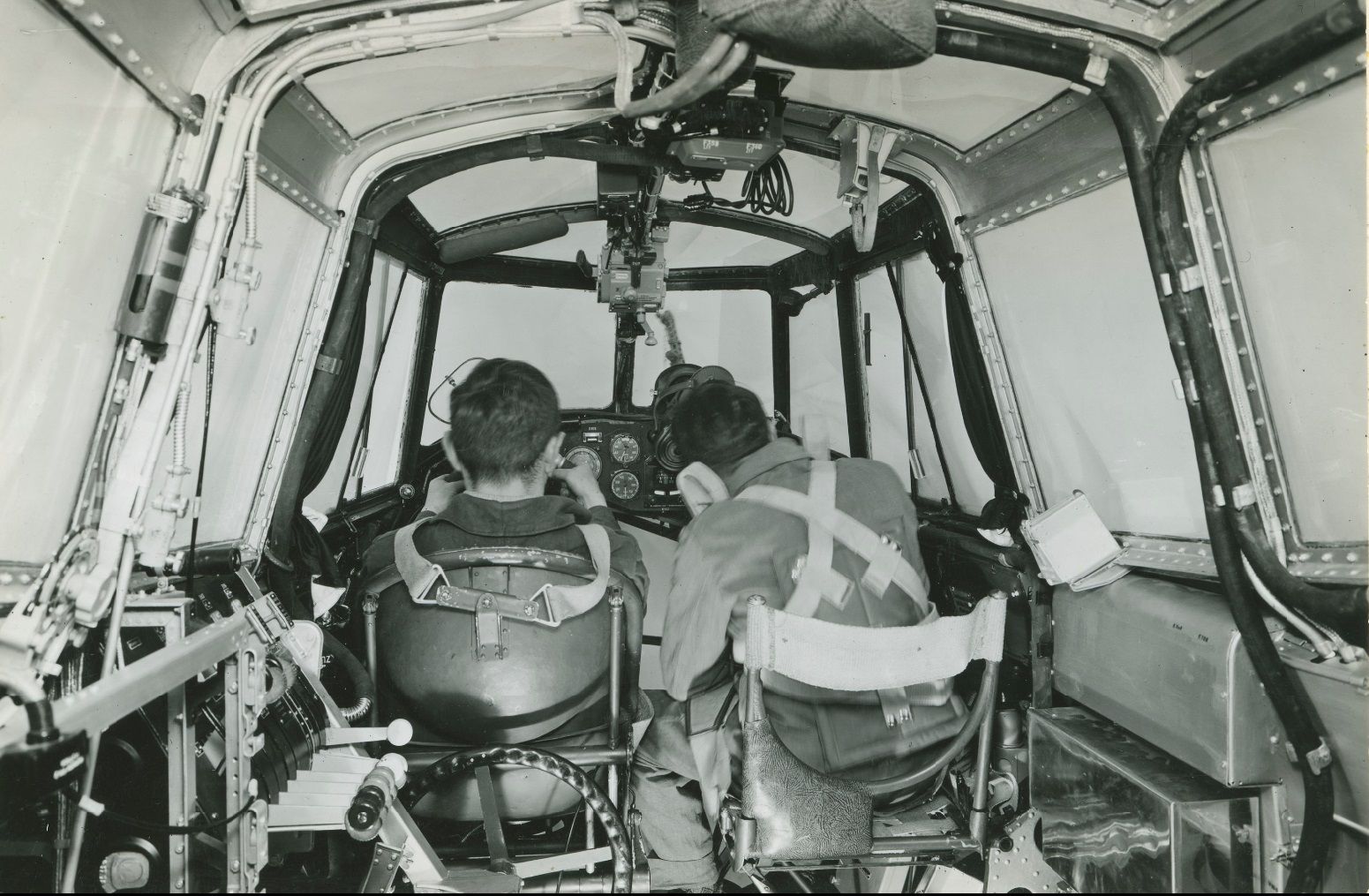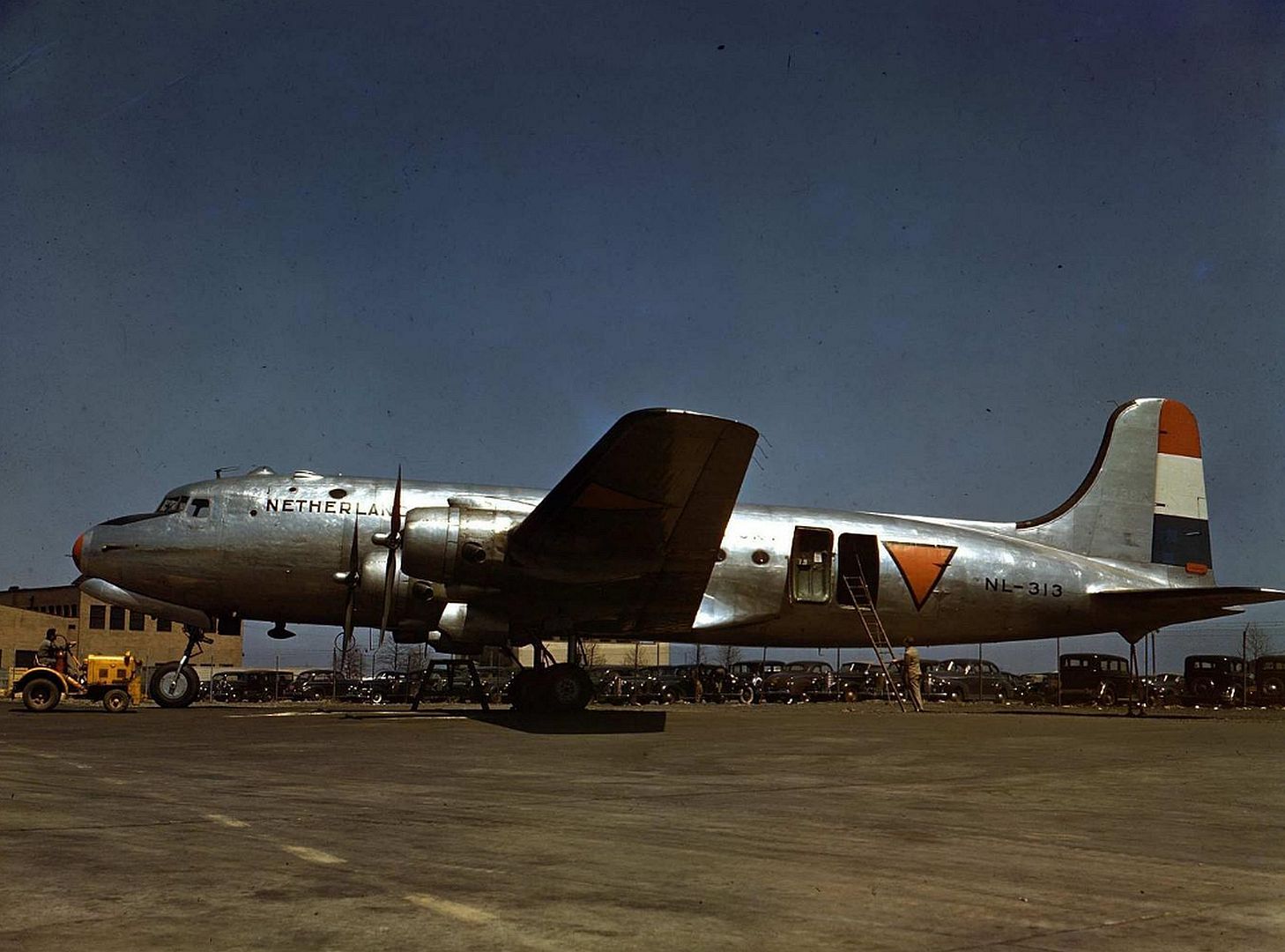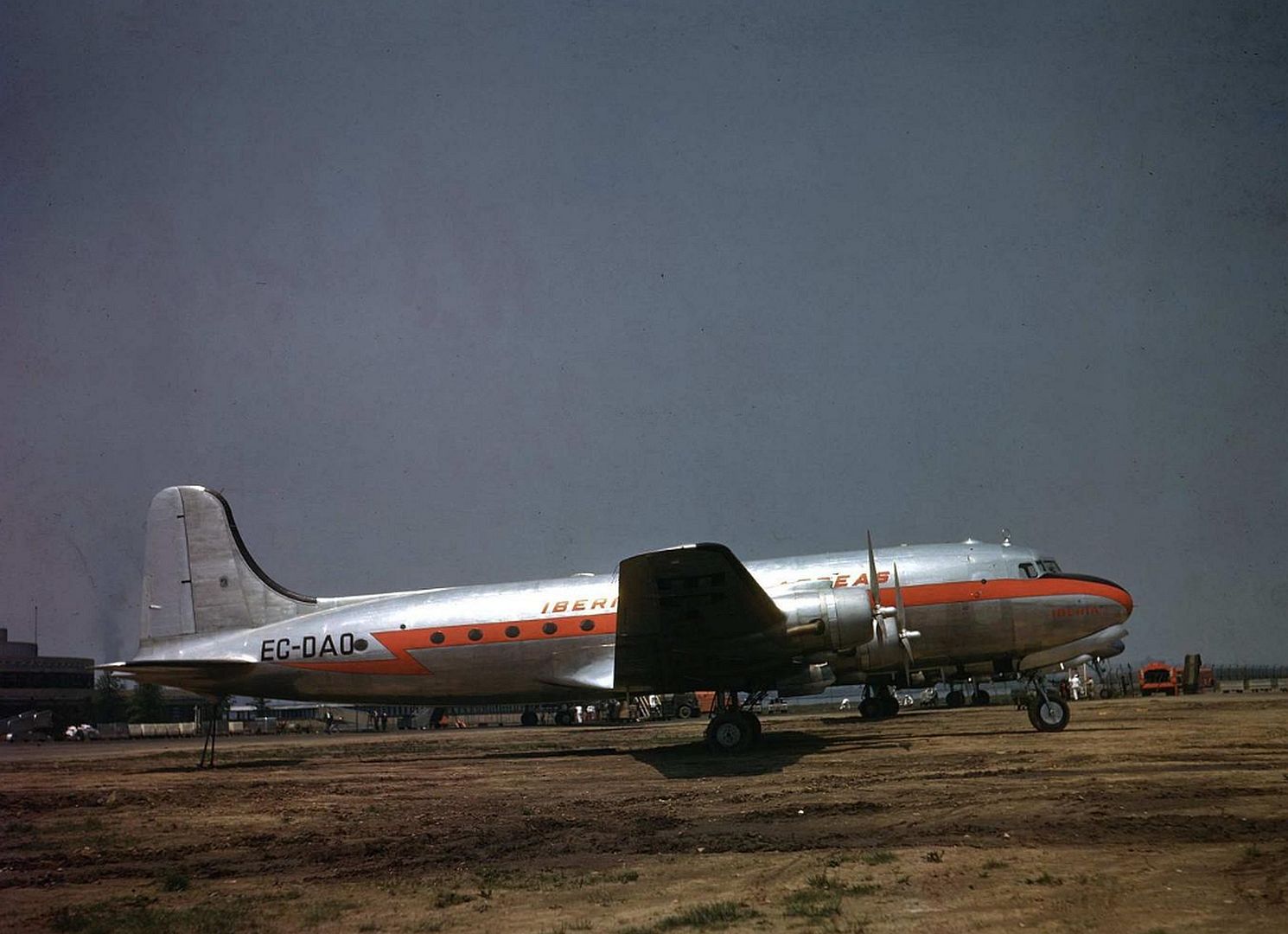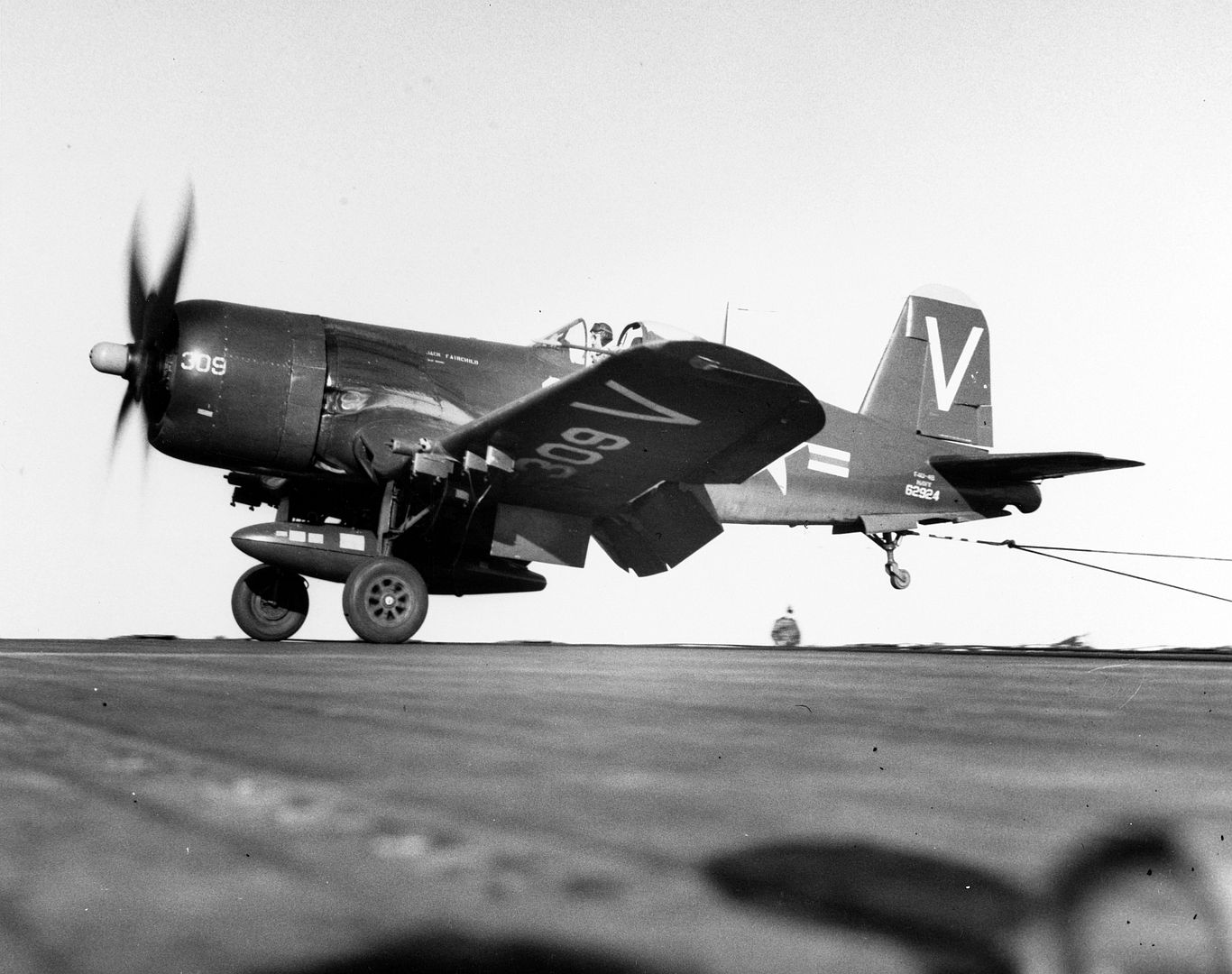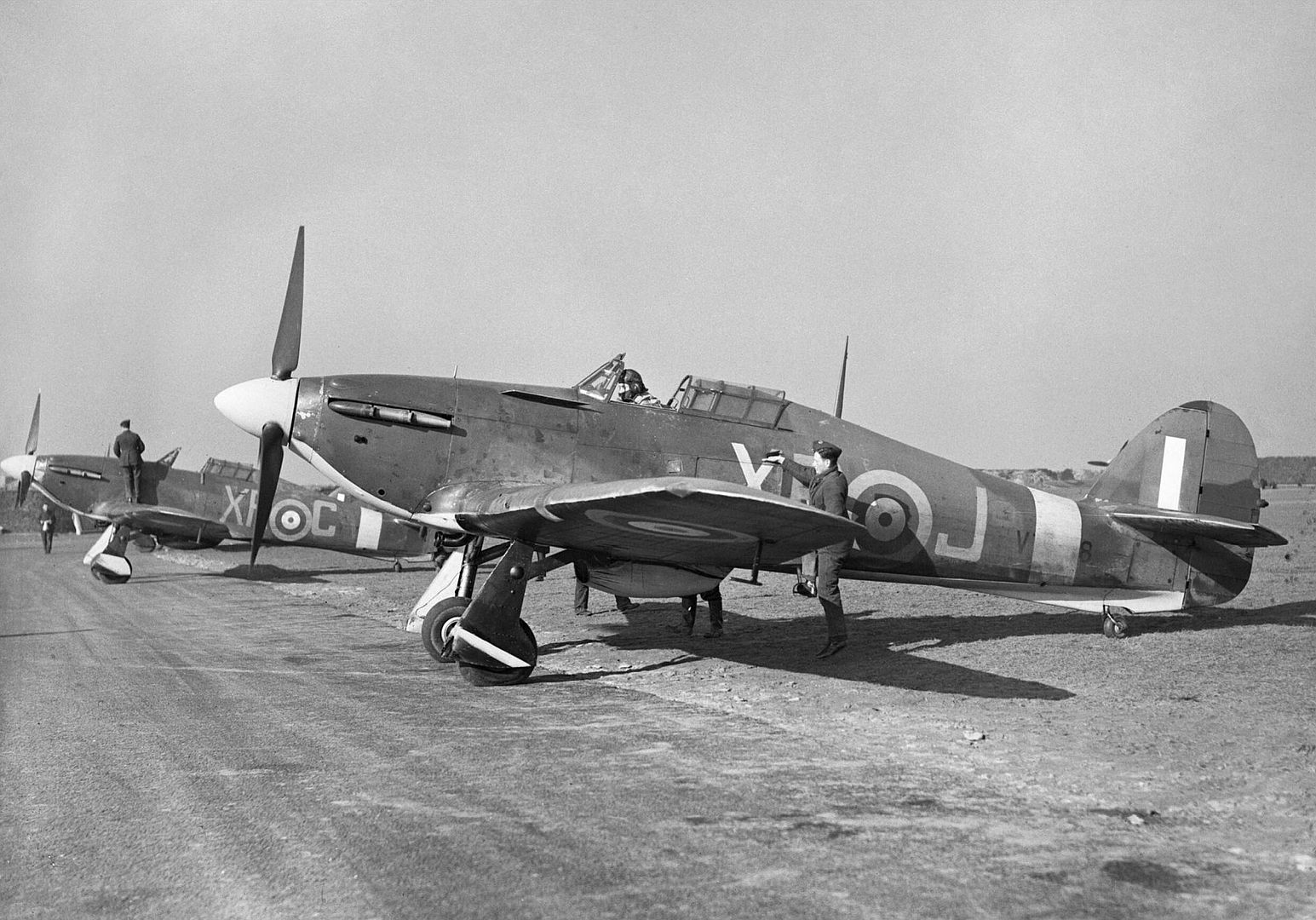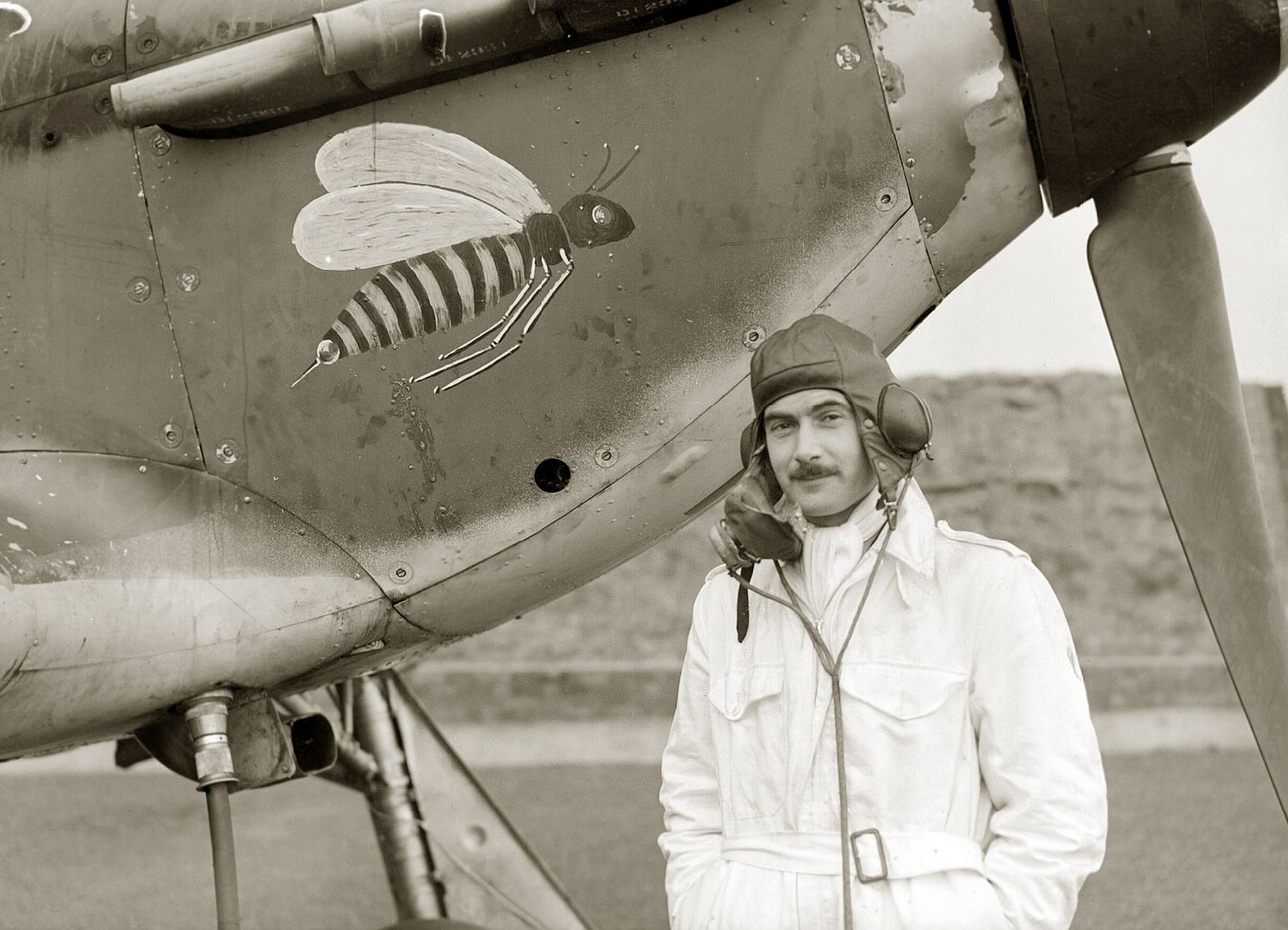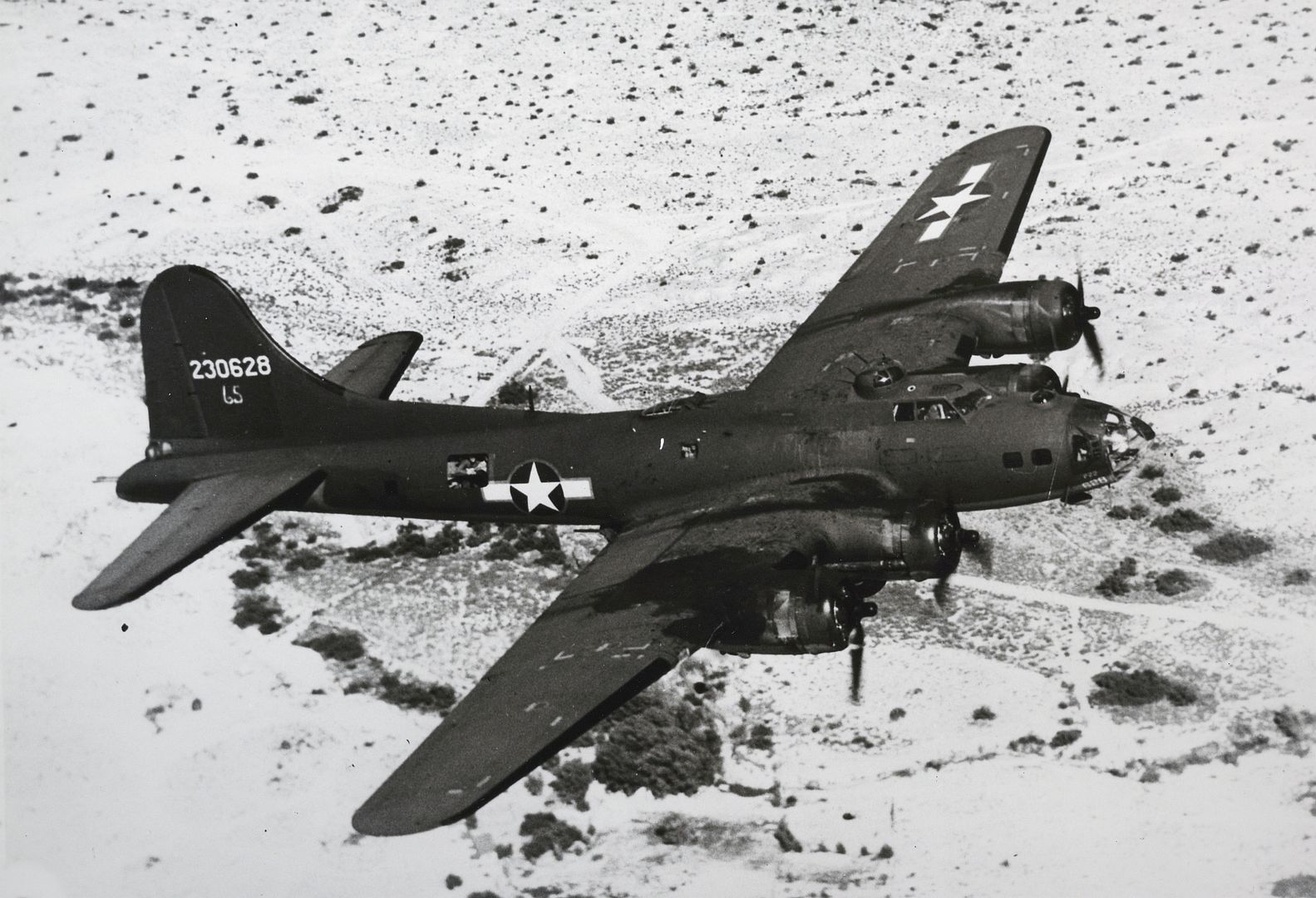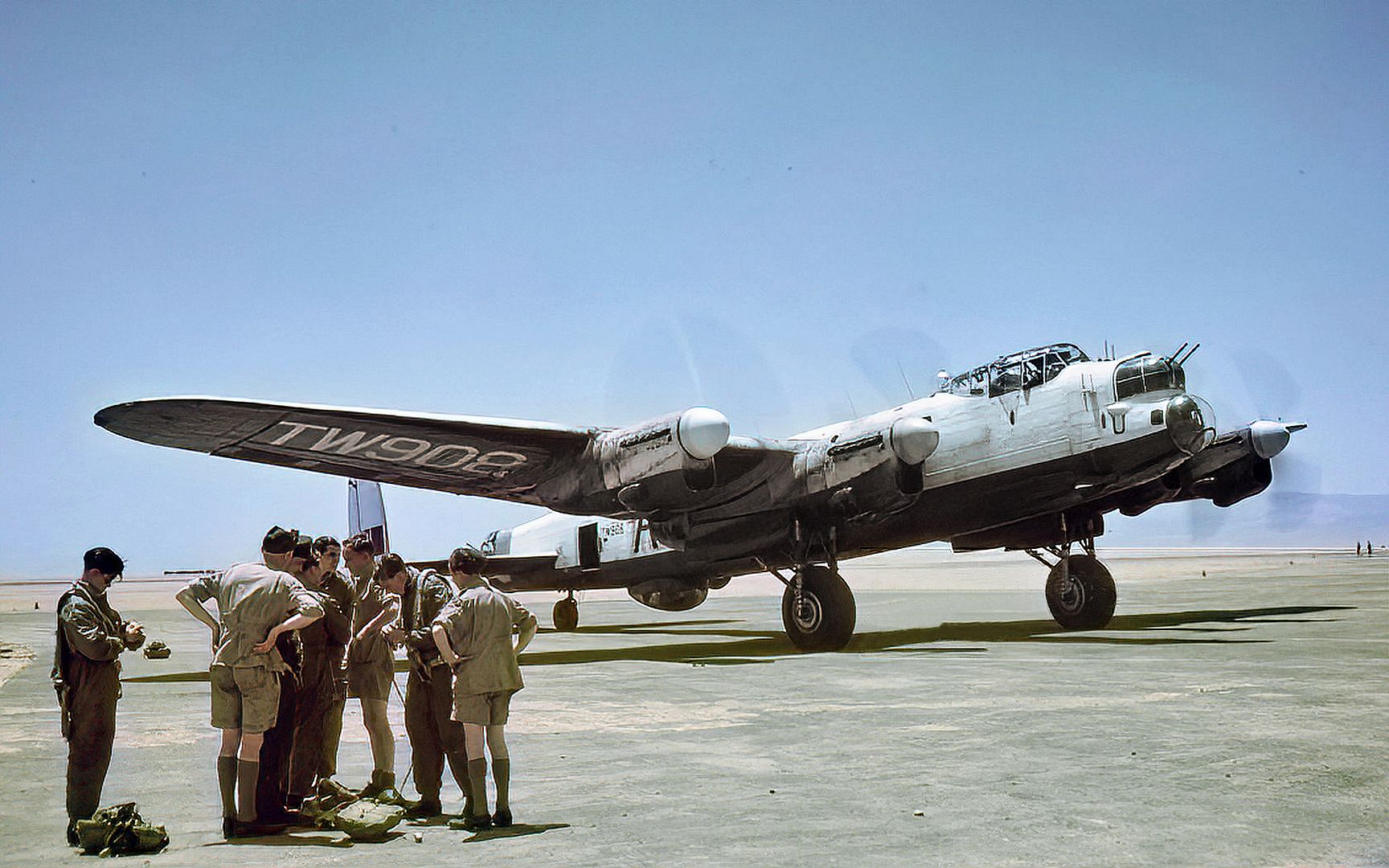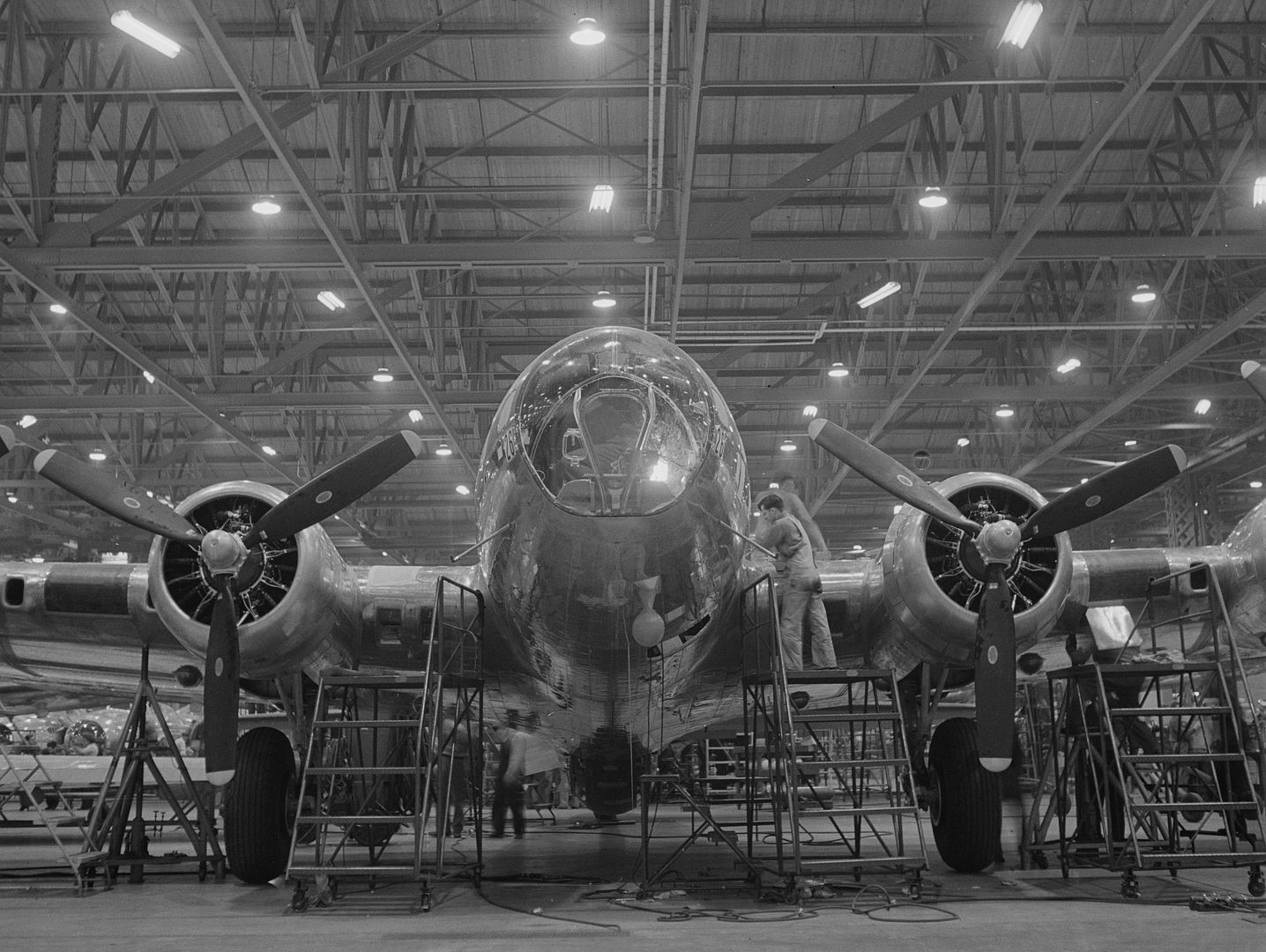Forums
- Forums
- Axis And Allies Forum
- General Discussion
- Photo of the week
Photo of the week
Post a reply
- Go to Previous topic
- Go to Next topic
- Go to Welcome
- Go to Introduce Yourself
- Go to General Discussion
- Go to Screenshots, Images and Videos
- Go to Off topic
- Go to Works in Progress
- Go to Skinning Tips / Tutorials
- Go to Skin Requests
- Go to IJAAF Library
- Go to Luftwaffe Library
- Go to RAF Library
- Go to USAAF / USN Library
- Go to Misc Library
- Go to The Ops Room
- Go to Made in Germany
- Go to Campaigns and Missions
- Go to Works in Progress
- Go to Juri's Air-Raid Shelter
- Go to Campaigns and Missions
- Go to Works in Progress
- Go to Skinpacks
- Go to External Projects Discussion
- Go to Books & Resources
-
3 years agoSat Nov 19 2022, 10:49amDuggy
 Main Admin
Main Admin -
 Main Admin
Main Admin -
 Main Admin
Main Admin -
 Main AdminThis weekends photo.
Main AdminThis weekends photo.
Taken at Camp Sibert, Alabama, May 1944.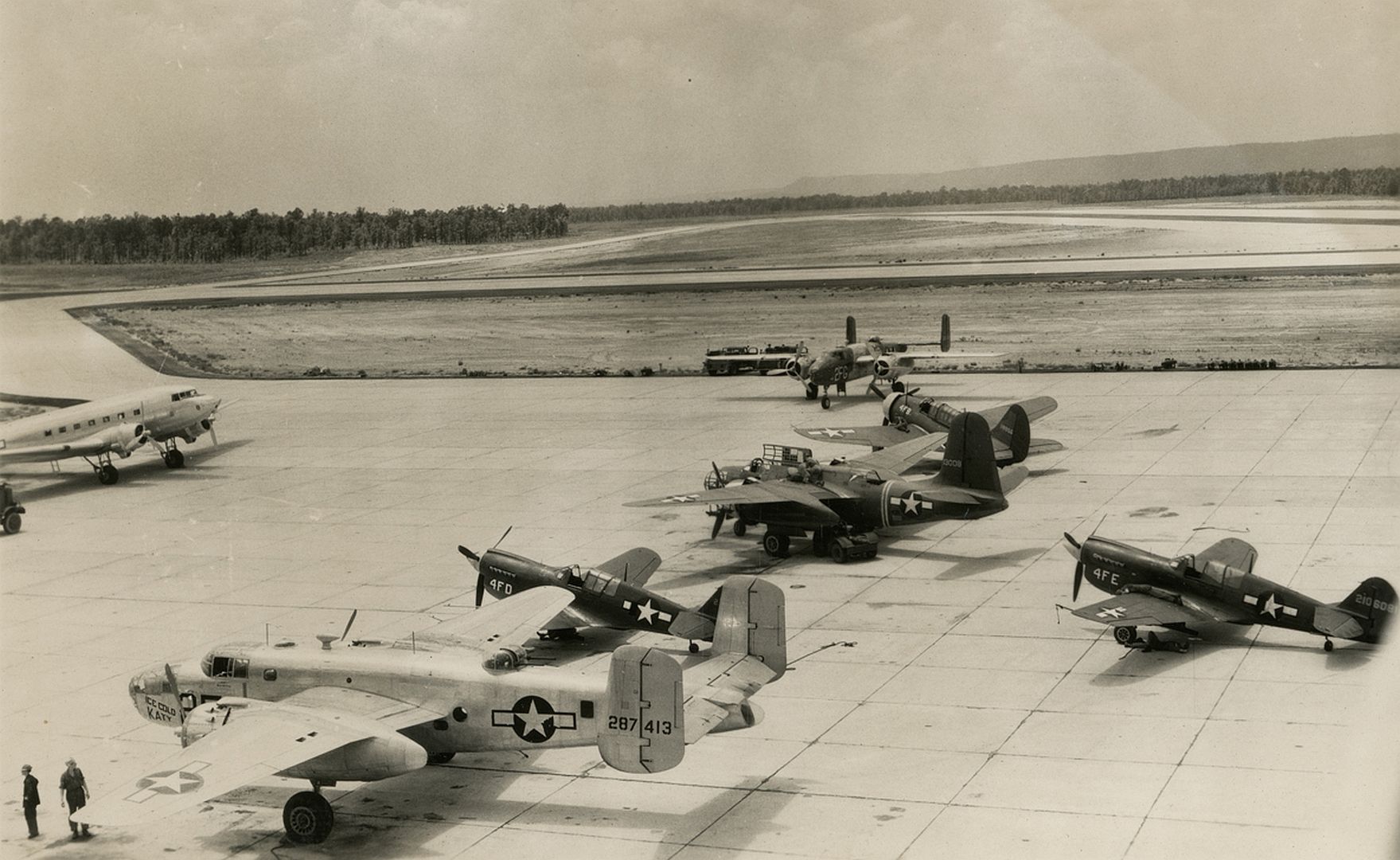
“An order establishing a new chemical warfare center was issued by the chief of chemical warfare on Dec. 2, 1941, five days before the surprise attack on Pearl Harbor. According to the order, the designated area was termed a Replacement Training Center and was to house 2,250 white troops and 180 black troops. The facility was to be fully operational by the spring of 1942.
“The first step in building the RTC and chemical warfare center was to find a suitable site. Many areas were considered. The site had to meet certain military criteria: it had to have a suitable area for the use of toxic gas, the land had to contain wetlands and wooded areas for bivouacs and an airport had to be nearby since supplies would have to be flown in. Areas in Etowah and St. Clair counties were given preference over similar areas in West Virginia and Texas.
“On March 13, 1942, Gen. Alden H. Waitt, representing the United States Army, inspected the proposed site near Gadsden and was favorably impressed. Six days later, he wrote the chairman of the Gadsden City Commissioners, J.H. Meighan, expressing his favorable op-inions concerning the area.
“The Site Selection Board, which had been appointed by the U.S. Army, agreed with the report of Waitt, and on May 28, 1942 recommended that the Gadsden location be approved. The area agreed upon was a tract of land 35,000 acres in size, extending from Big Wills Creek south of Gadsden to near Ashville in St. Clair County. The land extended some 14 miles along Rainbow Drive (U.S. Hwy. 411) and ran adjacent to the Great Southern Railroad and the Birmingham-Attalla Highway (U.S. Hwy. 11).
“On June 18, 1942, the United States government issued a Declaration of Taking, which allowed the U.S. Army to officially possess the land. This authority emanated from the War Purposes Act of 1917. The government could now negotiate the purchase of the land.
“The government’s next move was the removal of the 339 families that resided in the area. All of these families were given official notices to vacate the area. There were very few problems; the families were moved with the assistance of the Farm Security Administration.
“As can be imagined, several problems were initially encountered in the construction of Sibert. After all the paperwork was completed, a mere two weeks remained before the first troops were to arrive. Some sort of temporary quarters had to be provided for the incoming soldiers.
“Work began immediately. As a temporary measure, tents were provided for the early arrivals. The area became known locally as “Tent City.” Initially, many problems were encountered such as water and food supply, which were daily aggravations. However, this problem was solved by daily trips to Gadsden, where storage warehouses had been secured.
“The construction workers also encountered problems with the weather. When the workers were not subjected to torrential rainfall, they were exposed to a blistering sun. Insects, especially biting flies and mosquitoes, plagued the men. Nevertheless, Camp Sibert was dedicated on Dec. 25, 1942, even though it was only 81 percent complete. Six hundred civilians stood in the mud and rain as Gen. Haig Shekerjian read the message of dedication.
“By the summer of 1943, Camp Sibert was fully self-sufficient. The camp contained 1,500 buildings and had approximately 41 miles of roads traversing the area. All types of buildings, from a hospital to a movie theater to a prison stockade, were contained in the reservation. Sibert was built for a total cost of $16,672,144.
“Many important people were instrumental in the ad-ministration of Camp Sibert, foremost among them Gen. Shekerjian, who was post commander during the critical early days. The general was diligent in keeping the camp running smoothly, often spending much of his time visiting the training areas and observing the soldiers going through the drills and exercises.
“Camp Sibert provided well-trained replacement troops for chemical divisions in almost every theater of the war. When Allied troops landed in Sicily, the 179th Smoke Generator Company from Camp Sibert laid down rolling smoke screens to protect the soldiers who were establishing beachheads. In the Pacific, especially at Okinawa and Iwo Jima, American troops used flamethrowers to flush the Japanese from the caves of these two mountainous islands. Many of these men had received their training at Camp Sibert.
“Probably the most notorious prisoners kept at Sibert were some of Hitler’s “Home Guard,” or SS troops. As many as 10 of these elite troops were imprisoned at Sibert during the war. These SS troops were not treated any differently than the rest of the prisoners. They often were used to perform manual labor and other menial tasks. Camp Sibert’s POW compound was disbanded on Dec. 31, 1945.
“Camp Sibert also contributed to the war effort with its training of females for the Women Army Corps. The first WACs arrived at Sibert in September 1943. In the beginning, there were only four WAC officers and 16 enlisted personnel. Later, WAC numbers were increased with the arrival of 46 women from Des Moines, Iowa. The commander of the WACs was Lt. Amelia Harris. Her troops were employed at a variety of jobs, such as nurse’s aides, surgical technicians, clerks, chauffeurs, dental technicians and medical librarians.
“Camp Sibert was responsible for the training of a Special Forces commando group. Since these individuals were an elite group, information about their training and activities was kept a secret by the army. We do know that these commandos were trained at Sibert during the summer and fall of 1944. These men were later transferred to Camp Lee in Virginia in March 1945.
“Entertainment at Camp Sibert took on a variety of forms. Movies were frequently shown and boxing matches were held at various times. During the history of the camp, many celebrities visited Sibert, including Joe Louis, Red Skelton and Mickey Roo-ney.
“With the country returning to a peacetime status and with the close proximity of Fort McClellan, disbandment came. Most of the thousands of acres used by the camp went back to their original owners or heirs. St. Clair and Etowah counties, as much as possible, went back to their pre-war state. -
 Main Admin
Main Admin -
 Main Admin
Main Admin -
 Main Admin
Main Admin -
 Main Admin
Main Admin -
 Main Admin
Main Admin -
 Main Admin
Main Admin
Post a reply
- Go to Previous topic
- Go to Next topic
- Go to Welcome
- Go to Introduce Yourself
- Go to General Discussion
- Go to Screenshots, Images and Videos
- Go to Off topic
- Go to Works in Progress
- Go to Skinning Tips / Tutorials
- Go to Skin Requests
- Go to IJAAF Library
- Go to Luftwaffe Library
- Go to RAF Library
- Go to USAAF / USN Library
- Go to Misc Library
- Go to The Ops Room
- Go to Made in Germany
- Go to Campaigns and Missions
- Go to Works in Progress
- Go to Juri's Air-Raid Shelter
- Go to Campaigns and Missions
- Go to Works in Progress
- Go to Skinpacks
- Go to External Projects Discussion
- Go to Books & Resources
